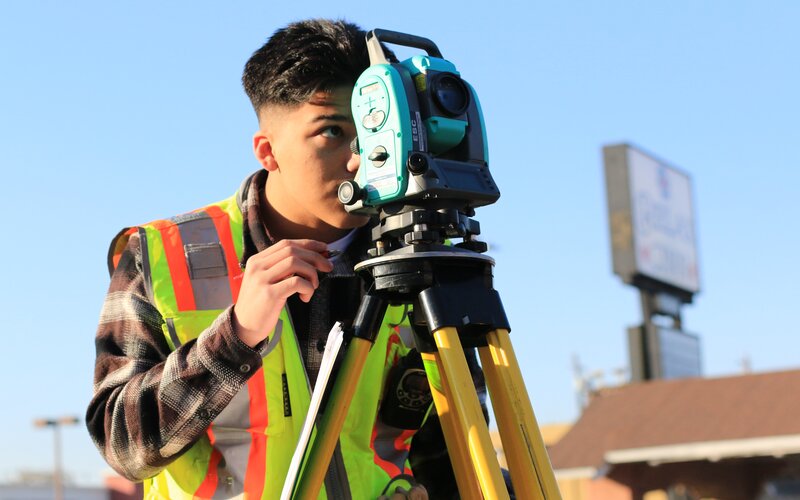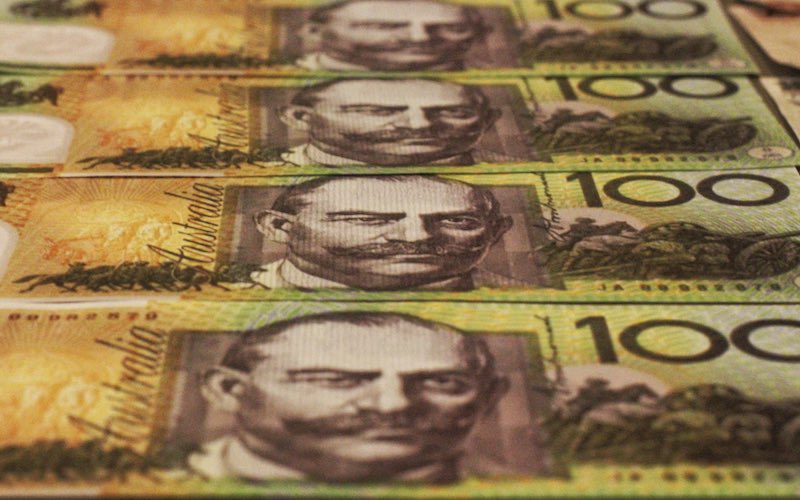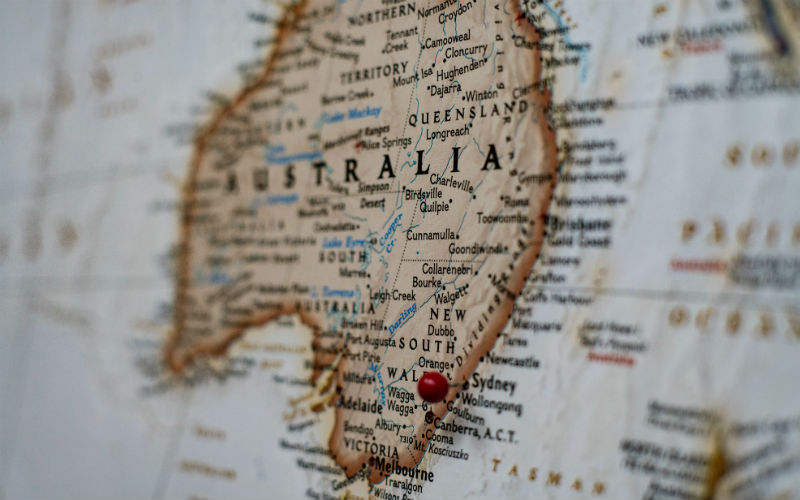This comes off the back of February’s result of 3.5%, with the participation rate growing marginally by 0.1% to 66.7% in March.
Across the nation, the level of employment increased by 53,000, with the number of unemployed decreasing by 1,600.
ABS Head of Labour Statistics Lauren Ford noted the unemployment rate remained at a near 50-year low of 3.5%.
“In line with the increase in employment, the employment-to-population ratio increased 0.1% to 64.4%, with the participation rate remaining at 66.7%,” Ms Ford said.
“Both indicators were close to their historical highs in November 2022, reflecting a tight labour market and explaining why employers are finding it hard to fill the high number of job vacancies.”
Major bank economists were at odds over whether the unemployment rate would remain stagnant at 3.5% or lift to 3.6%, with CommBank and ANZ anticipating the latter result.
CommBank Economist Stephen Wu noted the large bounce of 64,600 extra employed in February was courtesy of unemployed future starters from January beginning work.
“Given the large lift in the population each month, close to 30,000 jobs need to be added monthly to keep the unemployment rate steady,” Mr Wu said.
The ABS detailed the seasonally adjusted underemployment rate rose 0.4% to 6.2%, following the 0.3% decrease in February.
Further, the underutilisation rate, which combines the unemployment and underemployment rates, rose 0.4% to 9.7%.
"The underemployment rate continues to be low in historic terms, being 2.5% lower than before the pandemic. This continues to be underpinned by consistently faster growth in hours worked," Ms Ford said.
Image by Scott Blake via Unsplash



 Denise Raward
Denise Raward
 Harry O'Sullivan
Harry O'Sullivan


 Harrison Astbury
Harrison Astbury

